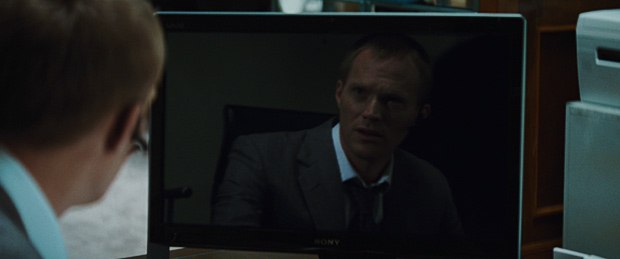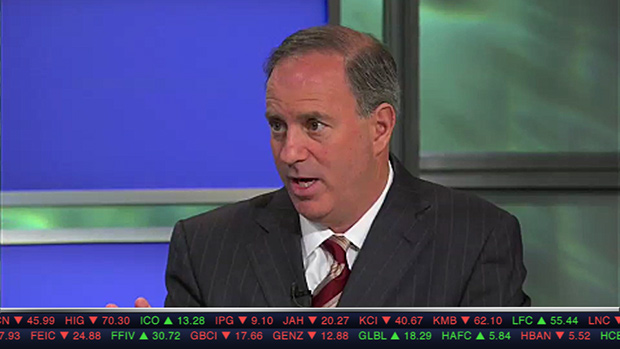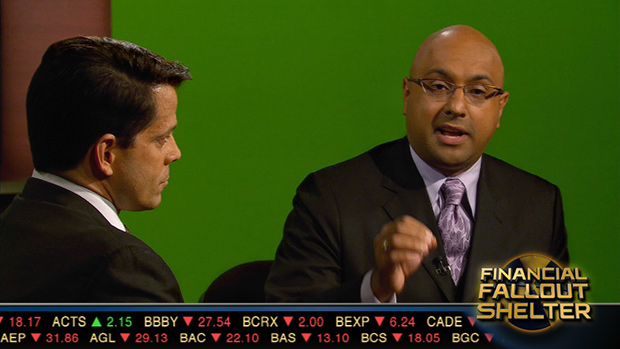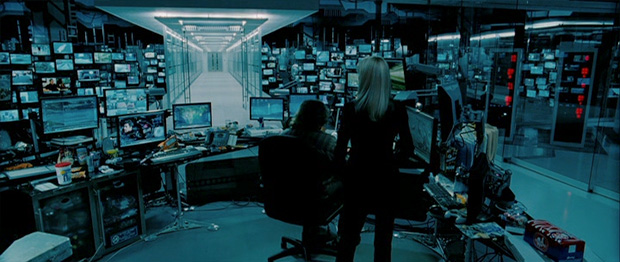In this film because the autopsy of Abin Sur was originally more elaborate, early on there was a need to have all of his alien anatomy built for use in all the analysis screens.
The body and skin of Abin Sur needed to match the life size body on set. The props department sent me photos of the prop body which I used as reference to sculpt and pose my ZBrush model. Was also able to use the photos to create an accurate displacement map of his wound.
(Shot in the film of the life size prop corpse that I needed to match)
I decided to render them in slices to give it a CT Scan quality about it. My fellow artist on the film Chris Kieffer built the final screens.
Most of the scene was cut and only a few shots of the final graphics made it into the finished film.
We also needed to build a promotional video that would play on the giant LED wall billboard during the Ferris Party scene. I created and animated elements and 3d text for Chris Kieffer to use in his final comp.
Since there was so much content that needed to be built for the control room during the opening dogfight sequence I assisted Chris in creating the elements needed in the final screens, program the playback files for our playback operator Mike Sanchez to control them on set, as well as making changes and additional material for post VFX.


















































